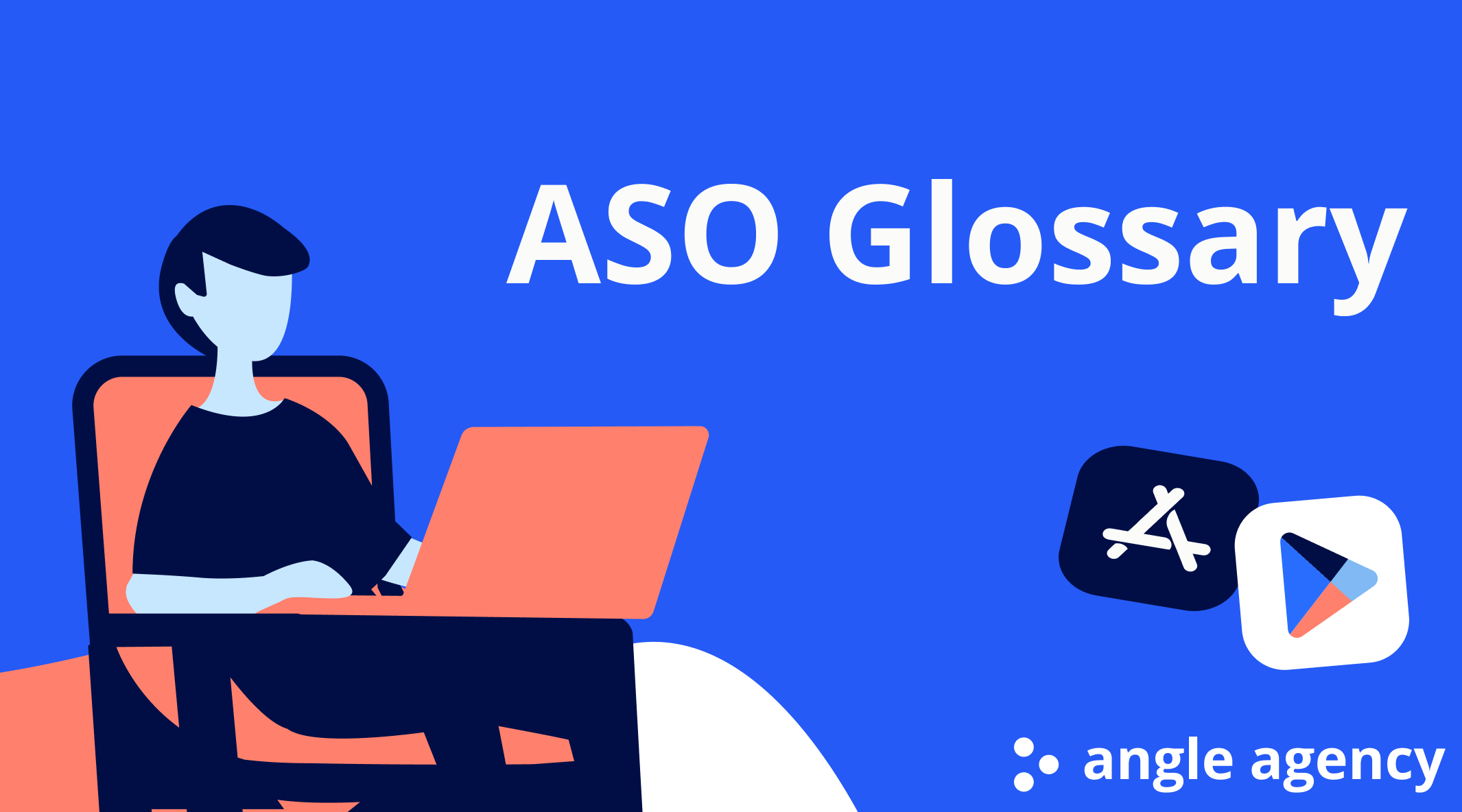A
A/B Testing — a method of experimentation where two or more versions of a page element are compared to see which performs better, typically in terms of conversion rate or other key metrics.
Additional Localization — the process of adding extra language support to an app’s App Store page, allowing users to view the page in the language set on their device.
Apple Search Ads (ASA) — a paid advertising tool that promotes apps in the App Store search results. Apps using ASA are displayed at the top of search results, often with a small “ad” label next to their name.
App Page — the page in the app store that showcases an app’s details, including the title, description, icon, screenshots, ratings, and other relevant information. This is where users can learn about the app and download it.
App Store Optimization (ASO) — the process of optimizing mobile apps to improve their visibility and increase conversion rates (views to installs) in app stores like the App Store, Google Play, AppGallery, and others.
App visibility — the extent to which the App Store or Google Play displays the app in search results. This takes intro account the number of indexed queries, as well as how high the app is displayed in the search results.
Application Programming Interface (API) — a set of protocols, tools, and definitions that allow developers to build software applications and enable different systems to communicate with each other. APIs facilitate interactions between software components or services.
ASO audit — a procedure for assessing the quality of app page optimization in a store.
ASO Tools — specialized applications that assist in optimizing keyword research, analyzing app performance, and improving app store visibility. These tools help with tasks like keyword collection, tracking rankings, and evaluating promotional effectiveness.
Attendance — the number of mobile app visitors for a certain period (day, month, etc.).
Autocomplete — when the search bar predicts what you want to type and suggests the end of a phrase or sentence.
B
Branded query — a query including the name (brand) of a company or trademark.
C
Conversion Rate — the proportion of users within a target audience who completed a desired action, such as clicking on an ad or making a purchase.
Conversion to installs — the ratio of users who installed an app to those who viewed the app page.
Conversion to purchase — he ratio of users who installed an app to those who made in-app purchases.
Cost per install (CPI) — the price that the publisher pays for a single install of the app. This is the ratio of the ad campaign budget to the total number of app installs. This metric allows you to assess the effectiveness of ads.
Custom Product Pages — alternative versions of your App Store product page, each showcasing a specific feature or content, such as a particular sport, character, show, or gameplay element.
D
Diacritics — superscript, subscript, or inline symbols. You can find them in Spanish, French, German, and other languages.
Download — a metric indicating that a user has installed the app but has not yet launched it. This metric is excluded when calculating conversion rates.
E
Exact match — (a keyword type) a keyword phrase presented in the text in its original (unchanged) form (including the case, number etc.), that is, in the way users use it in search.
F
Feature — a specific aspect or component of a product with unique characteristics. In the gaming industry, for instance, features may include distinctive character behaviors, a dialogue system, or unexpected plot twists. Features should be engaging and designed to motivate users to interact with the app’s functions.
Featuring — apps selected by editors to be part of a thematic collection in the App Store or on Google Play. Users see these collections on the main app store page. To be included in collections, you need to meet all the requirements of stores and submit an application to the App Store and Google Play editors.
I
Icon — a unique image of the app displayed in the search results and on the device screen.
Impressions — the number of times an app page is shown in the search results.
In-App Events — promotional activities within apps and games showcased on the App Store page or in search results, such as game competitions, movie premieres, live streams, and similar events.
In-App Purchase — the acquisition of additional content or features within App Store apps, such as digital products, subscriptions, or premium content.
Incentive Traffic — paid installs from users who receive a reward for downloading an app via search. This type of traffic is often used to improve an app’s ranking for specific keyword queries or achieve other goals, such as enhancing app ratings or mitigating the impact of negative reviews.
Indexing — an app’s visibility for keywords in Google Play or the App Store. If an app is indexed for a keyword, users can find it using that word.
Install — a metric indicating that a user has downloaded an app and successfully launched it for the first time.
Iteration — a period of time during which hypotheses are tested, results are evaluated, and so on.
Iterations to Maximize Installations — a process of carrying out a series of tasks designed to increase your app’s visibility to relevant users. The goal is to increase the number of relevant search queries for which your app appears in the top 10 results.



 Sofia Savchenko
Sofia Savchenko